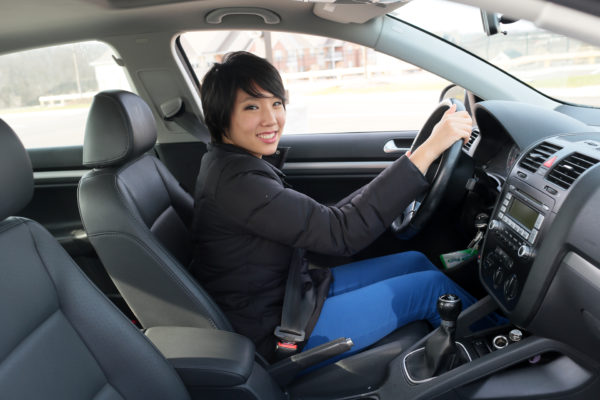Motor vehicle crashes are the leading cause of death among teenagers throughout the United States and in Ohio as well. According to the Ohio State Highway Patrol, from 2010-2012, there were 100,871 traffic crashes where a teen driver was at fault. These crashes resulted in 299 fatalities and 44,458 injuries, and represent 9% of all fatal crashes during this time.
Since the American Academy of Pediatrics made a policy statement about Teen Driving in 1996, almost all states have enacted some form of a graduated driver’s license law (GDL). The GDL system has a three-stage approach: a learner’s permit, an intermediate or provisional stage, and a regular driver’s license. Although these laws have shown to reduce teen driving crashes, many states have regulations that do not follow the safest, recommendations. In particular, new drivers are at greatest risk driving at night (after 9pm), with other passengers in the car, and having prior crashes or violations.
As an emergency room physician and parent of a teen, I feel it is important for all parents to make sure their teen drivers are safe so that they do not suffer serious unintentional injuries or deaths. Research shows that parents who set rules and monitor their teens driving in a helpful, supportive way can reduce the risk of their child being involved in a crash.
Parents need to be involved with their teen by: giving permission to obtain a license; controlling their access to the vehicle; punish teens for not following family restrictions; influence selection of the vehicle driven; and serve as driving instructors, supervisors, and role models. However, statistics show that only about 25 percent of parents have serious talks with their kids about safe driving, and that is simply too few.
To help you start this conversation, the Ohio Chapter of the American Academy of Pediatrics has developed a Pact for Safe Driving. The program is centered around a website (https://ohioaap.org/teendriving/) that includes data and statistics, risk factors, information about Ohio’s Graduated Driver’s License (GDL) laws, and a parent-teen driving contract.
The parent-teen driving contract helps parents plan ahead and work with their teen to set clear driving privileges as they move through the GDL system. The contract includes AAP recommendations for several areas, including: distracted driving, night-time driving, and number of passengers in the car.
I realize it can be difficult to talk to teens about anything, let alone a serious topic like safe driving, but I hope that you will bravely start this conversation, enforce the rules you decide upon and utilize the safe driving contract to help you navigate it all. It could save your child’s life!





